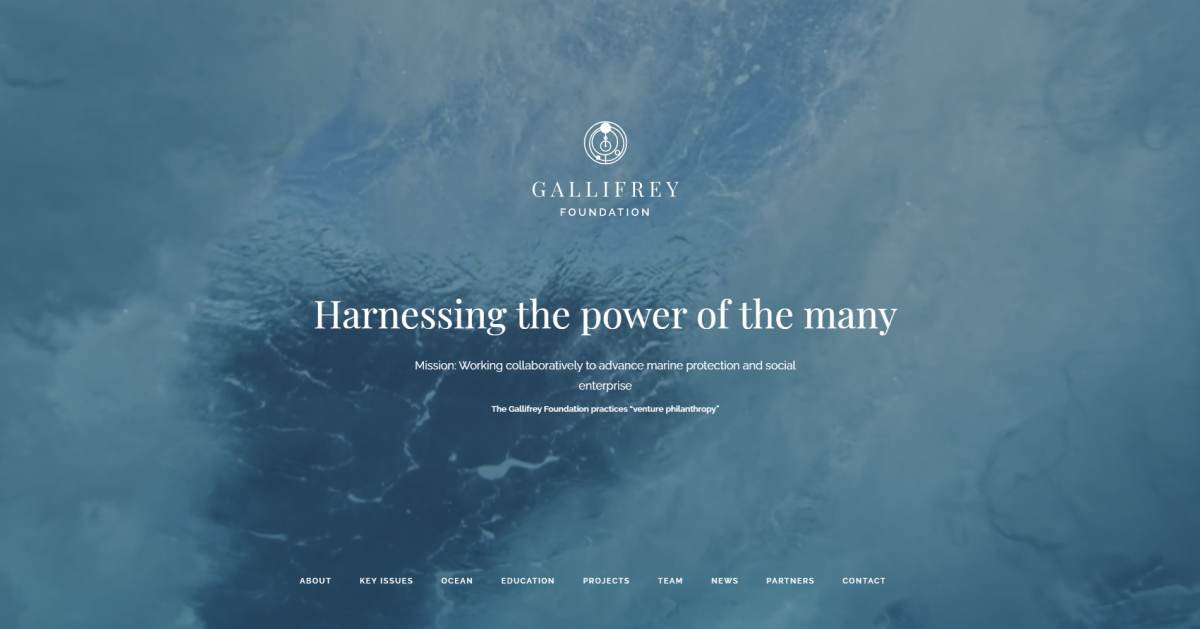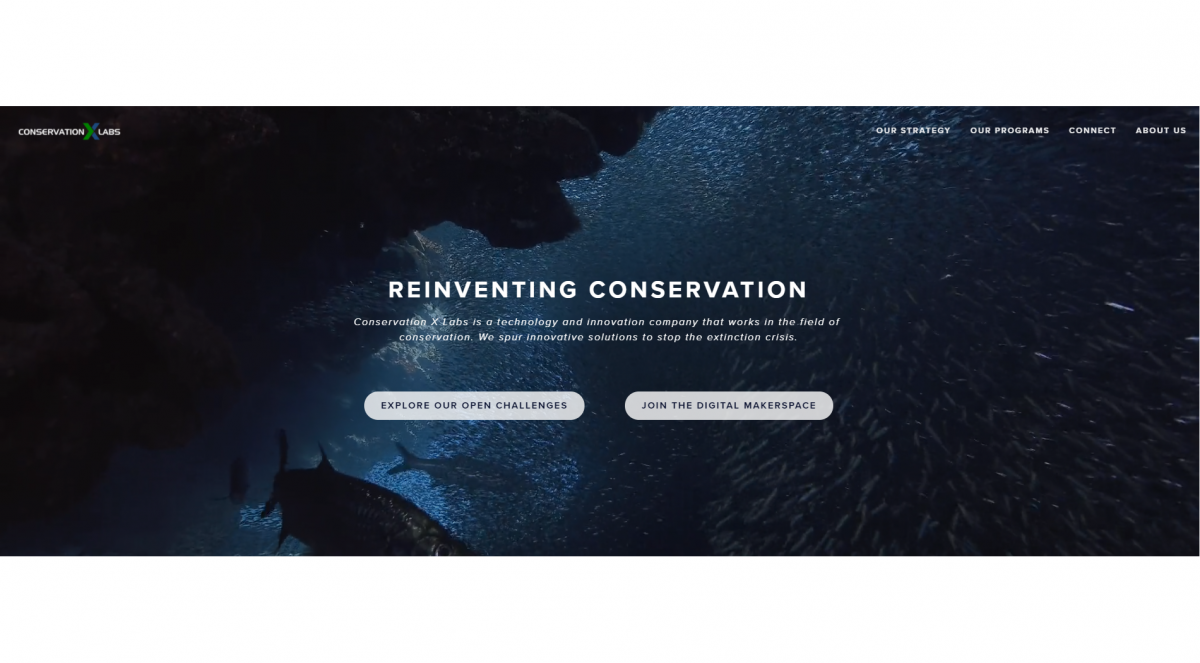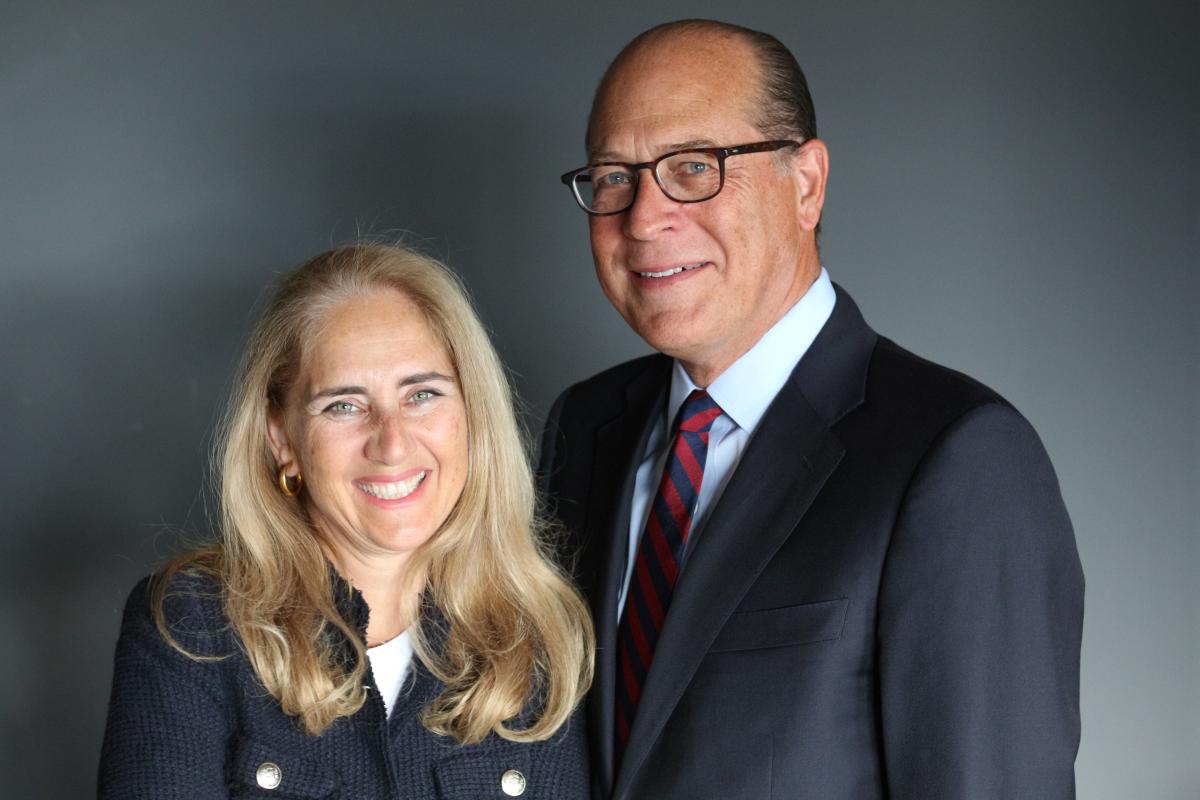Spotlight on two new IUCN Member organisations: Gallifrey Foundation and ConservationX Labs
The IUCN is a powerful union of members from government and civil society organisations. Twenty-eight new member organisations have recently become part of that union.
We asked two of our new members about their separate journeys to marine conservation successes and current goals. Here are their stories.
Please welcome the Gallifrey Foundation and ConservationX Labs.
Gallifrey Foundation
What work does the Gallifrey foundation do?
Current topics include: the impact of plastics on the environment, ocean, biodiversity and humans; deep seabed mining; over-fishing and reforming the accreditation system for blue carbon projects.
The Gallifrey Foundation looks for collaborative opportunities to tackle important and vital ocean conservation issues by finding common work that could be leveraged together, and roadblocks that could be overcome by maximising efforts working together for the same goals.
Why did you become an IUCN Member? What do you hope to get out of it?
Our goal is not to reinvent the wheel. We identify gaps and maximise synergies by working with other organisations to effectively and efficiently reach our common goals, therefore the IUCN is the ideal conduit to connect and work with others (within and outside of IUCN) on shared concerns.
When did you first hear about IUCN/first contact?
At a drinks party several years ago, we met the former treasurer of IUCN. The more we spoke, the more we realised that IUCN was a perfect fit for our work in the Ocean sphere. We have never looked back.
What brought you to conservation? Any lightbulb moment?
The Gallifrey Foundation founders have been active in marine conservation for over thirty years and have helped author, direct and produce several major maritime documentaries, starting with the documentary series Blue Revolution documentary series in 1989. Having compared this series to where we stand today, we are alarmed by the static, if not worsening, state of the ocean (with the new addition of marine plastic pollution). It became clear that further urgent action was required and we want to be part of the solution.
 Photo: Gallifrey Foundation
Photo: Gallifrey Foundation
 Photo: Gallifrey Foundation
Photo: Gallifrey Foundation
Conservation X Labs
What work does Conservation X Labs do?
Conservation X Labs is a technology and innovation company with a mission to end the sixth mass extinction.
We know that we are in a period of extraordinary change – a Sixth Extinction - the first mass extinction that has been caused by a single species - our species. Extinction rates are 1,000 - 10,000 times that of normal extinction. The work at Conservation X Labs is about supporting the transformation we need to see in conservation to welcome new people, new disciplines, and new innovations, to address the underlying drivers of extinction.
We are building a broad community that not only includes conservationists and biologists, but also engineers, behavioral economists, artists, technologists - anyone, anywhere - to take part in developing these new solutions that will match the speed and scale of the current extinction crisis and the underlying drivers.
To do so, we build our own technologies (such as the DNA Barcode Scanner and the Sentinel System) and spin them off as connected ventures with a shared mission.
We also empower innovators everywhere to revolutionize conservation through open innovation programs like the Grand Challenges for Conservation, mass collaboration collaboration on our online platform, the Digital Makerspace, and by taking audacious ideas and make them real through our prototyping competitions, like the Conservation X Tech Prize and engineering competitions such as Make for the Planet. As an open foundry, we bring the best of these ideas to scale through grants and investments.
Why did you become an IUCN Member? What do you hope to get out of it?
Becoming an IUCN Member has been a longtime goal of ours at Conservation X Labs.
We believe that extinction is our only competitor, and already work in partnership with more than 80 organizations around the world, including universities, conservation organizations, development institutions, and tech firms.
As our role is to empower conservation as well as through being an iconoclast, to push it into the future, IUCN membership will allow us to take this to the next level.
Our goals are to harness the diversity, deep knowledge, and vast expertise across this international conservation community to create new partnerships that will exponentially increase our mutual impact, inform our programs, and allow us to help IUCN membership to address new challenges.
We like to run towards wicked problems that others run away from, and work on issues that are critical to solving the extinction crisis, but may be outside the scope of traditional conservation – from air conditioning technologies, to artisanal scale mining, to feed, food, and material replacements.
We hope to share our unique approach to conservation with IUCN members, and involve IUCN member organizations in sourcing, developing, and scaling innovations that are crucial for the future of conservation.
When did you first hear about IUCN/first contact?
I first engaged with IUCN through the Conservation Planning Specialist Group in 1997 through participation within a Population Viability Assessment of the Golden Lion Tamarin. My own research and work benefited from the tremendous work done under the species survival commission on issues such as Chytridiomycosis to Lemur Conservation. Thanks to the great diplomacy and advocacy by Scott Hajost, he encouraged Conservation X Labs to apply and we did.
What brought you to conservation? Any lightbulb moment?
My father loved Jacques Cousteau and Mutual of Omaha Wild Kingdom, which we watched as a family, and we spent considerable time in nature.
However, when I was nine years old, I received a book – Extinction Alert - about extinction from National Geographic. In the book, I read about the passenger pigeon, a species which was once so numerous that when it would pass overhead, the sky would darken for three days. That we could drive the passenger pigeon from millions of birds to zero – that a single species could act with the force of a geologic event - just seemed unfathomable to me as a child.
I would go on to learn about the Thylacine, the Dodo of Mauritius, the Steller Sea Cow, the Caspian Tiger, and countless others that were on the brink of extinction, such as the California Condor, Asiatic Cheetah, Sumatran Rhino, and Black Footed Ferrets.
Extinction Alert! fueled my passion in reversing extinction, which would influence my work in law and conservation science, and would fuel my conservation work in the United States, Russia, Iraq, Afghanistan, Madagascar, and many other places in the world.
 Photo: ConservationX Labs
Photo: ConservationX Labs






